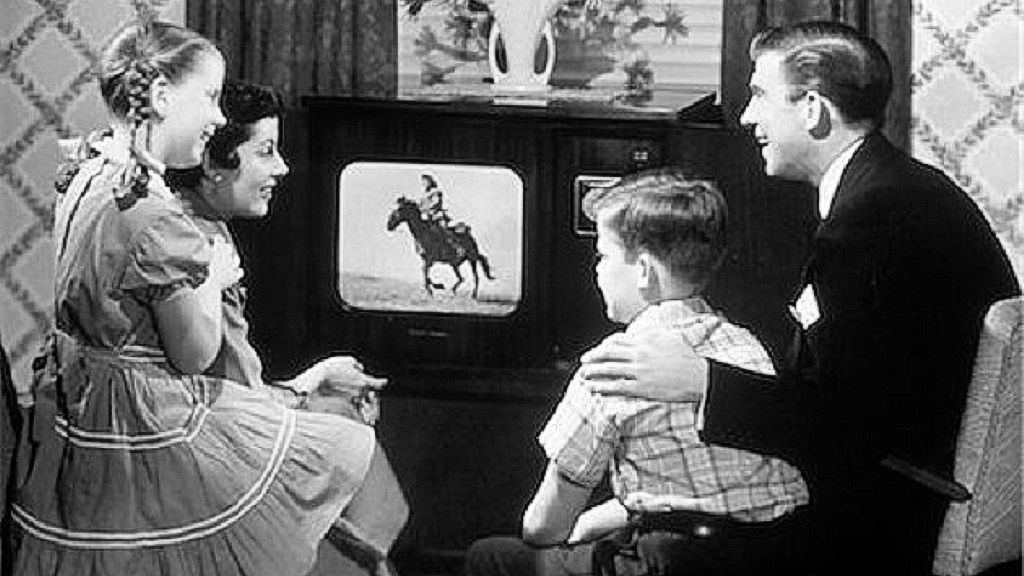Early in 2020, as the pandemic was getting underway, Americans flocked to their TV sets at a rate unseen in years. Initially, US households were glued to the news as uncertainty over the coronavirus drove viewership. In the following weeks, the TVs mostly stayed on, as the initial wave of lockdowns kept Americans stuck on the couch with lots of new time to kill.
Thanks mainly to these factors, in 2020 time spent forecast projected that traditional TV would reverse its longstanding user and time spent declines, at least temporarily. As it turns out, TV viewership returned to its downward trend.
Where have all the TV viewers gone?
It was previously estimated that the number of TV viewers ages 18 and older would increase by about 10 million throughout the year. Instead, cord-cutting unexpectedly accelerated, viewership declined by roughly 10 million, and 2020 ended up with 20 million fewer adults watching TV than we thought (landing at 204.2 million).
However, those who stayed ratcheted up their time: Among US TV-watching adults, daily time spent with TV increased by a robust 9.2% to 4 hours, 31 minutes (4:31) per day. Thanks to this boost by those who kept their cords, TV time among the whole adult population increased year over year in 2020 for the first time since 2012, jumping from 3:27 in 2019 to 3:34. See this in the chart below and learn more here.
Digital streaming video is the leading culprit that has cut into TV viewership. Combined time spent with TV and digital video by US adults has held remarkably steady over the years: From 2013 to 2019, the two categories’ time spent sum hardly budged, ranging from 5:13 to 5:17 per day every year. Instead, the story has been about digital video stealing share from TV within that metric. Subscription OTT’s explosive popularity in 2020 exacerbated this trend more than ever.
Time spent with digital video among US adults grew by a remarkable 25.4% in pandemic-disrupted 2020 to 2:13, leading to a record 5:47 per day spent with TV-plus-digital video. But digital video’s share has never been larger.
Where else has the TV viewership gone? Part of the answer is demographics. Gen Z and Millennials have led the stampede away from TV to social media and gaming. Meanwhile, the Boomers have aged out.
The number of gamers in the video games segment of the digital media market in the United States was forecast to continuously increase between 2023 and 2027 by in total 18.7 million gamers (+10.69 percent). The gamer number is estimated to amount to 193.73 million gamers in 2027. See this in the chart below and learn more here.
The number of social media users in the United States was forecast to continuously increase between 2023 and 2028 by in total 22.8 million users (+7.4 percent). After the fifth consecutive increasing year, the social media user base is estimated to reach 331.09 million users and, therefore, a new peak in 2028. Notably, the number of social media users was continuously increasing over the past years. See this in the chart below and learn more here.
The reality is TV has become passé. Many no longer even turn on the TV for months – even years. The number of options for the potential average TV viewer is vast – both in program choice and other entertainment venues. For those looking to promote their ideas, political or otherwise, TV is most likely a medium less considered due to fewer viewership and the cost to reach them.
Give us your take in the comment section below – has your TV viewership declined over the years?
By Tom Williams















































